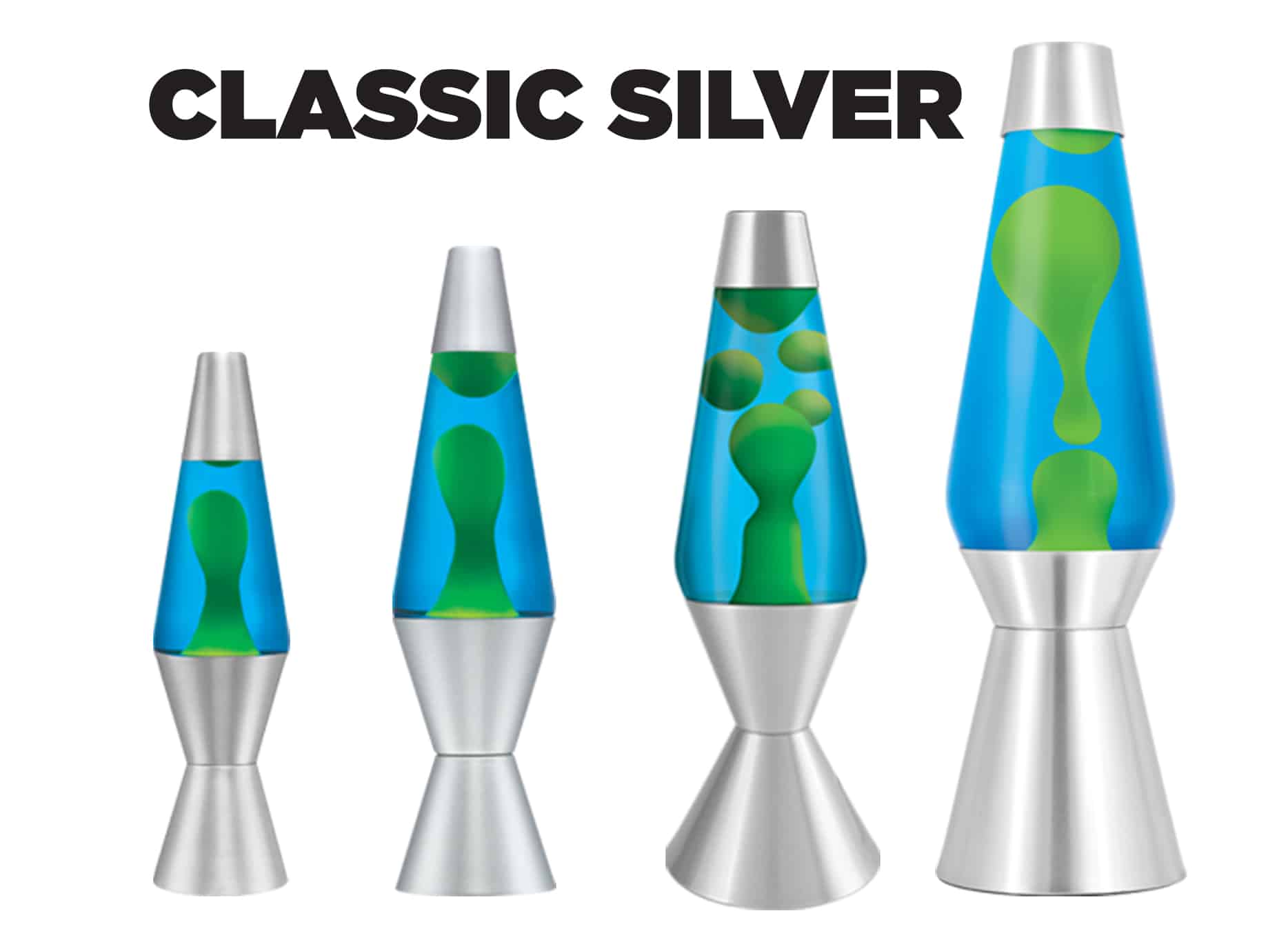
Read What Is A Scientist SCIENCE BOOKS FOR KIDS Learn about the different types of scientists and what they do to increase their understanding of their specific area of interest. Think like a scientist! Act like a scientist! Scientists, like you and me, are also curious about the world around them. You’re definitely going to want to incorporate these simple science terms into your next science lesson! WHAT IS A SCIENTIST Get them started with a printable science vocabulary word list. It is never too early to introduce some fantastic science words to kids.
#CLASSIC LAVA LAMP FREE#
You’ll find a fantastic free printable for each one. Use the resources below to complement the many science activities on our website. Hello Bill Nye and the Magic Schoolbus! You can also check out National Geographic, the Discovery Channel, and NASA!Īsk open-ended questions: Encourage critical thinking by asking open-ended questions that prompt kids to think deeper about what they are experiencing.Ĭelebrate successes: Praise kids for their efforts and discoveries, no matter how small, to foster a positive attitude towards science and learning. Science shows or documentaries: Watch age-appropriate science shows or documentaries to introduce kids to scientific concepts entertainingly. Most of our science activities are classroom friendly! Make it a group effort: Group experiments can be more fun, allowing kids to learn together and share their excitement. Check out our DIY science list and STEM kits. Outdoor experiments: Take some experiments outside to explore nature, study bugs, or learn about plants and soil.ĭIY science kits: Prepare science experiment kits with labeled containers and ingredients, making it easy for kids to conduct experiments independently. Kitchen science: Perform experiments in the kitchen, such as making ice cream using salt and ice or learning about density by layering different liquids.Ĭreate a science lab: Set up a dedicated space for science experiments, and let kids decorate it with science-themed posters and drawings. Even holidays and seasons make fun themes!

Theme-based experiments: Organize experiments around a theme, such as water, air, magnets, or plants. We also have many printable science worksheets. Record observations: Have a science journal or notebook where kids can record their observations, draw pictures, and write down their thoughts. This stimulates critical thinking and introduces the concept of hypothesis and the scientific method. Make predictions: Ask kids to predict the outcome before starting an experiment. Let them touch, mix, and check out reactions up close.

Hands-on approach: Encourage kids to actively participate in the experiments rather than just observing. Use everyday items: Utilize common household items like vinegar and baking soda, food coloring, or balloons to make the experiments accessible and cost-effective. Start with simple experiments: Begin with basic experiments (find tons below) that require minimal setup and materials, gradually increasing complexity as kids gain confidence. Use kid-friendly materials, supervise the experiments, and handle potentially hazardous substances yourself. Here are great tips for making science experiments enjoyable at home or in the classroom. Kids are curious and always looking to explore, discover, check out, and experiment to discover why things do what they do, move as they move, or change as they change! My son is now 13, and we started with simple science activities around three years of age with simple baking soda science.


 0 kommentar(er)
0 kommentar(er)
